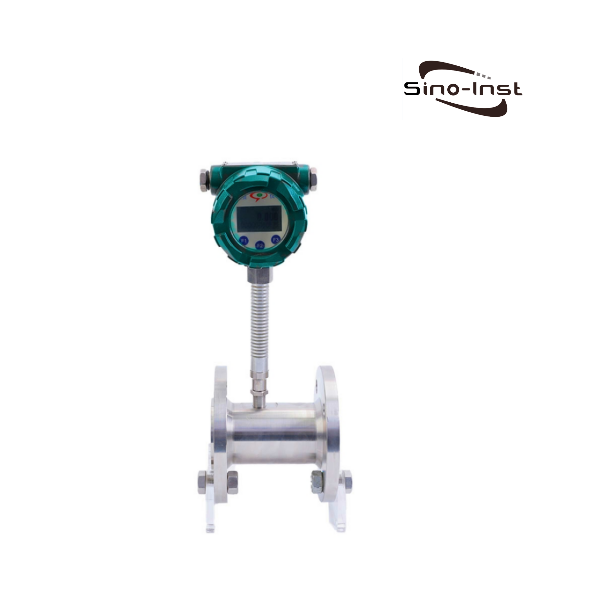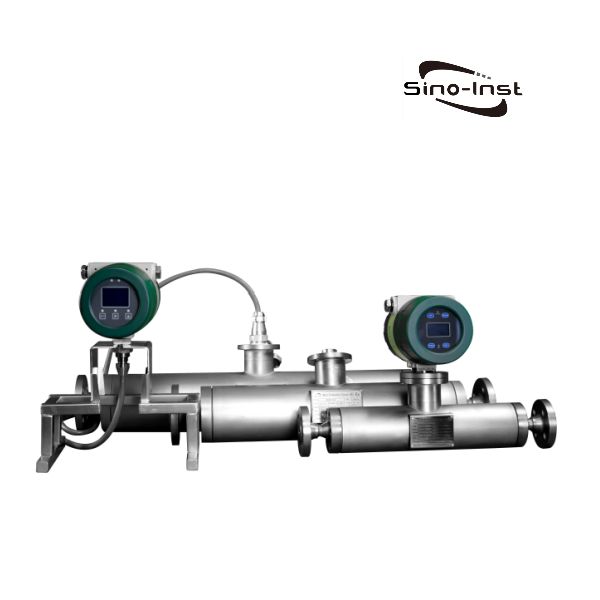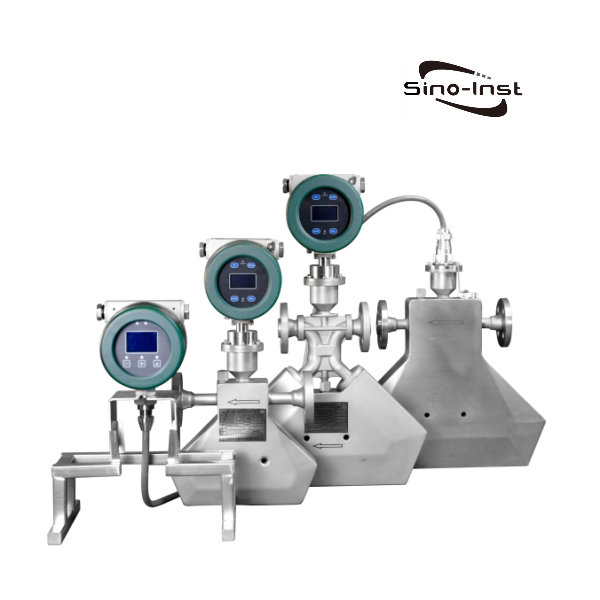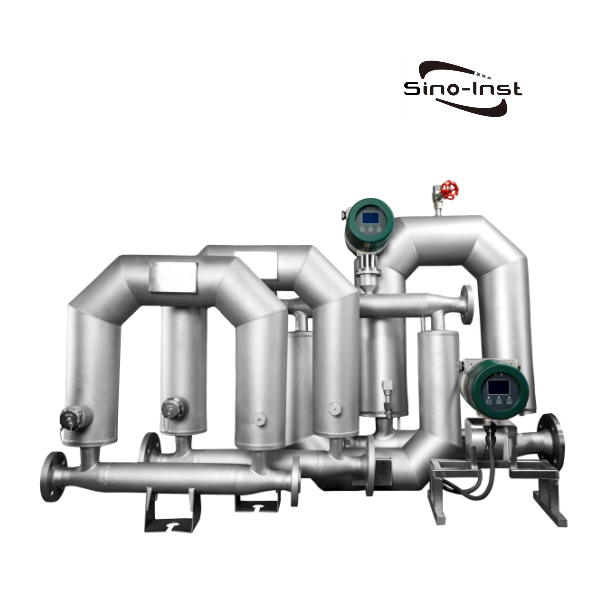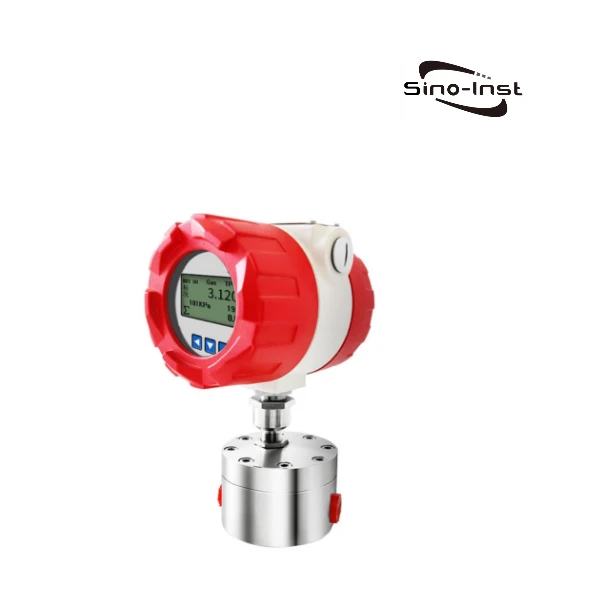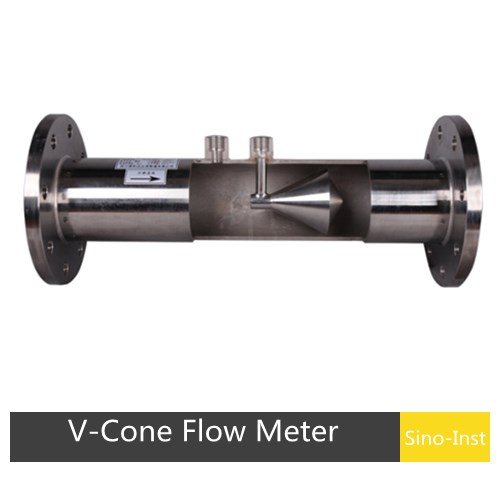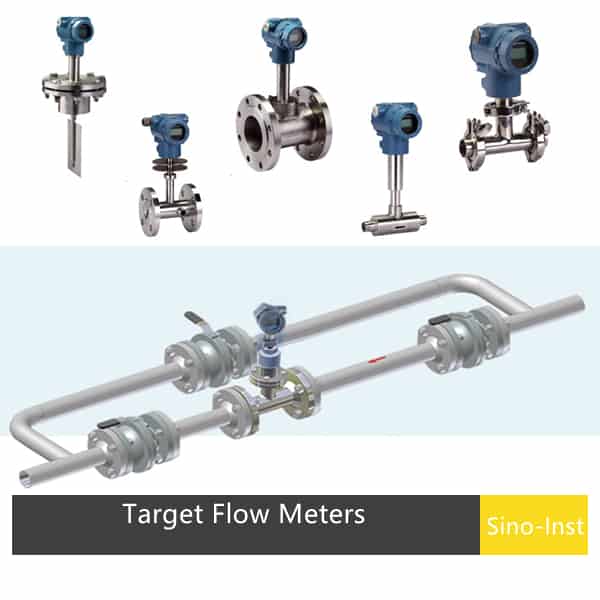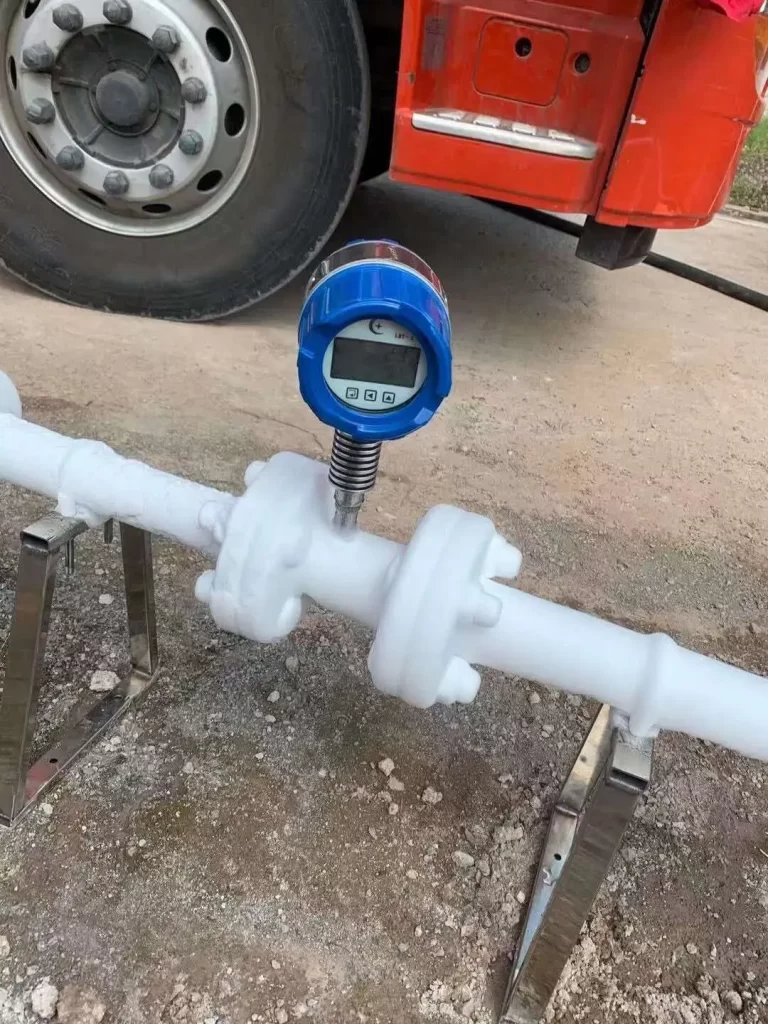
Low temperature flow meters designed to measure fluid flow accurately under cold conditions, are critical for ensuring efficiency, safety, and product quality.
Most cryogenic fluids are converted into liquids by reducing the temperature of gas to a very low temperature. For example, we often see cryogenic liquid nitrogen and liquid oxygen.
Not every flow meter can be used to measure Low temperature liquid flows. Let’s explore the technology behind cryogenic flow meters, their types, applications, and key considerations for selecting the best flow meter for measuring cryogenic fluids.
Low Temperature Flow Meter: What is it?
Low Temperature Flow Meter is a class of specialized equipment used to measure the flow of fluids at extremely low temperatures. These meters are designed to withstand extreme cold and often require special materials and design modifications to prevent freezing, cracking, or failure.
Our conventional fluid flow meters measure the temperature range of the medium generally between -40℃ ~ 80℃. For low-temperature media between -40℃ ~ -200℃, you need to consider choosing a dedicated cryogenic flow meter.
Whether measuring liquid nitrogen in a cryogenic facility or monitoring the flow of coolants in an industrial process, cryogenic flow meters are critical to ensuring accurate readings and preventing interruptions to cryogenic operations.
Low Temperature Flow Meters are typically made of reinforced materials, such as stainless steel or specialized alloys, that can resist thermal stress and withstand exposure to cold fluids. They may also include insulation or heating elements to prevent the sensor components from freezing, ensuring that the meter operates reliably in extremely cold environments.
Low Temperature Flow Meter Applications
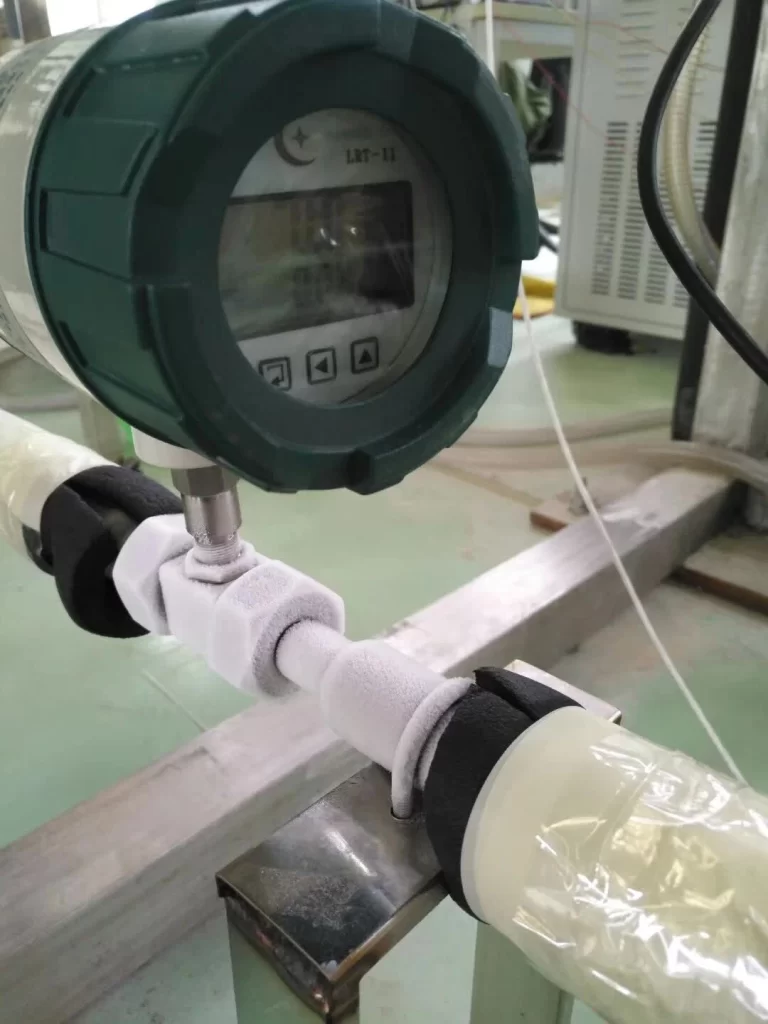
- Liquified natural gas (LNG) production: LNG flow meters monitor flow during production, storage, and transportation.
- Industrial gas distribution: monitor and measure gasses being transported and delivered.
- Food processing: monitors the flow of cryogenic fluids used in freezing and cooling processes.
- Aerospace: monitor the flow of cryogenic fluids to ensure efficient fuel consumption in rocket engines.
- Microchip manufacturing: relies on a variety of cryogenic gasses that need to be accurately measured which is an ideal application for either an insert venturi meter or a full body design.
- Additional flow measurement of gasses: Frequent examples include nitrogen (N2), carbon dioxide (CO2), helium (He), liquid nitrogen (LN2), hydrogen (H), and liquid oxygen;
Challenges in Low Temperature Fluid Measurement
Freezing and Condensation
At low temperatures, moisture in the system can freeze, leading to blockages or sensor malfunctions. Low temperature flow meters are often designed with insulating materials to prevent freezing and may include heaters or temperature control features.
Thermal Shock
Low temperatures can create sudden changes in material properties, leading to fractures or deformities. Flow meters designed for low temperature applications are usually built with materials like stainless steel or specialized alloys that resist thermal stress, ensuring consistent performance over time.
Pressure Drop
In many applications, maintaining consistent pressure is crucial. Flow meters that require minimal pressure drop are beneficial because they reduce the chance of flow disruption in low temperature environments.
Viscosity Variations
Some fluids become more viscous at low temperatures, affecting flow meter accuracy. For instance, positive displacement flow meters can handle high-viscosity fluids effectively and are often chosen for applications where temperature-sensitive fluids are involved.
Featured Kinds of Low Temperature Flow Meters
1. Coriolis Flow Meters
Coriolis flow meters are renowned for their accuracy and are suitable for both low and high temperatures.
These meters use the Coriolis effect to measure fluid mass flow rate directly by detecting the tiny vibrations caused by fluid passing through oscillating tubes.
Their robust design and direct mass measurement ability make them perfect for cryogenic applications. Such as measuring liquid nitrogen or helium, where temperature can drop to -200°C.
2. Low temperature turbine flow meters
Low Temperature turbine flowmeter is a dedicated liquid nitrogen flowmeter. It can also be used to measure cryogenic liquids such as liquid oxygen.
In industrial production, liquid nitrogen can be used as a deep refrigerant. The low-temperature turbine flowmeter is used as a liquid nitrogen flowmeter, which can work at a low temperature of -196°C (-320.8 °F). Liquid Nitrogen Flow Meter’s Turbine sensor structure at ultra-low temperature (-196℃) is made of special customized material. Realize the instantaneous and cumulative flow monitoring of liquid nitrogen.
3. Positive Displacement (PD) Flow Meters
Positive displacement flow meters are ideal for low temperature applications, especially for viscous or non-conductive fluids.
These meters work by trapping fluid in small chambers and measuring the rate at which these chambers are filled and emptied. With no need for electrical components in contact with the fluid, PD meters are robust and can reliably handle low temperatures without the risk of sensor failure due to freezing.
Especially our company’s GF series gear flow meters. The new design is suitable for measuring low-temperature micro-flows.
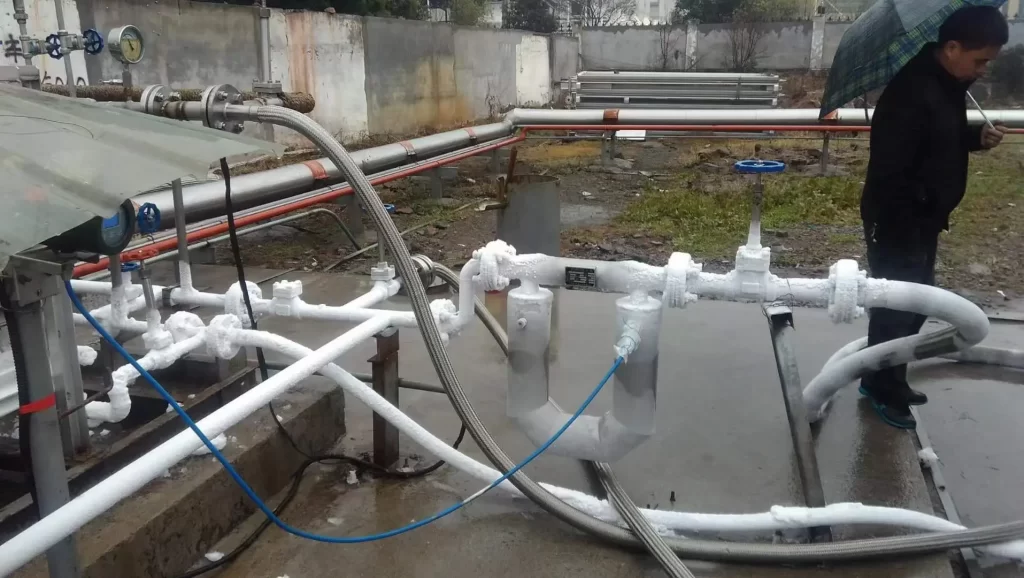
4. Differential pressure flow meters
Differential pressure flowmeters measure flow by measuring the differential pressure of the pipeline. A throttling device is placed in the pipeline to generate a differential pressure. Cryogenic fluids do not affect the measurement of differential pressure throttling devices. For example, a V-cone flowmeter can be used to measure cryogenic fluids.
Fundamental Factors to Consider When Selecting a Low Temperature Flow Meter
- Temperature Range
- Flow Range and Accuracy
- Fluid Compatibility
- Environmental Factors
- Power Requirements
More Flow Measurement Solutions
- Solution For Low Flow And Low Volume Applications: Low Flow Meter In Detail
- BTU Meter Optimizes Energy Efficiency of Hot and Cold Water Systems
- Turbine Water Flow Meter: A Versatile And Reliable Choice For Water Flow Measurement
- Pulse Output Flow Meters for Better Water Flow Measurement
- Ultrasonic Clamp On Flow Meter – For Easier Water Flow Measurement
- Guide On Industrial Air Flow Measurement Devices
- Guide To Vortex Flow Meters For Steam Applications: Steam Vortex Flow Meter In detail
- Featured Gas Turbine Flow Meter for Natural Gas and Other Gases
- Mechanical Oil Flow Meter vs Digital
Low temperature flow meters are priceless in industries where cold fluids must be handled with precision.
Each type of low temperature flow meter offers unique advantages for specific applications, from cryogenic storage to food processing. By considering factors like temperature range, fluid compatibility, and required accuracy, you can select a low temperature flow meter that optimally meets the demands of your cold fluid applications.
Sino-Inst is specialized in a range of Low temperature flow meters quite suitable according to your particular demand. Please feel free to contact our sales engineers!
-1.jpg)
